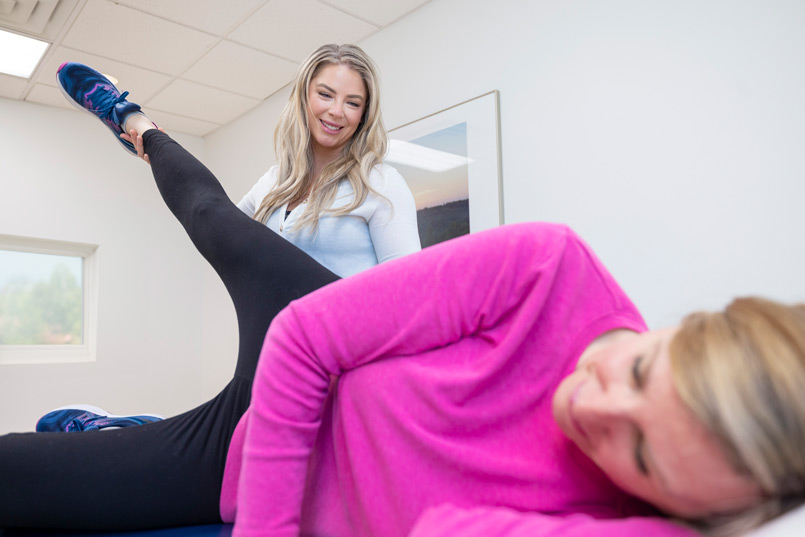Exploring the Diverse Methods of Physical Rehabilitation for Enhanced Recovery and Restoration
Exploring the Diverse Methods of Physical Rehabilitation for Enhanced Recovery and Restoration
Blog Article
Physical therapy is an essential discipline that helps individuals heal from traumas, surgeries, and multiple medical issues. It entails a variety of techniques designed to improve movement, alleviate discomfort, and enhance overall physical function. Physiotherapy therapists are qualified experts who assess each patient’s needs and develop personalized treatment strategies. These programs often consist of workouts, manual therapy, and education about body movements. By using these diverse approaches, physical can substantially enhance a person’s standard of living.
One frequent method used in physiotherapy is rehabilitative activity. This includes targeted movements and exercises that assist strengthen muscles, improve range of motion, and boost endurance. For example, a patient rehabilitating from leg operation may engage in workouts that concentrate on rebuilding strength in the lower limb muscle groups. These activities are meticulously chosen based on the patient’s condition and objectives. By incrementally boosting the difficulty and complexity of the exercises, physical therapists can assist clients regain their strength and mobility over time.
Another crucial technique is manual treatment, which includes hands-on approaches to manipulate the human body soft muscles and articulations. This can entail stretching, mobilization, and manipulation. Manual therapy aims to alleviate discomfort, reduce inflammation, and improve blood flow. For instance, a practitioner may use light pressure to relieve stress in stiff muscle groups or to assist a articulation move more smoothly. This technique is often integrated with other treatments to improve recovery and encourage healing. Patients often find hands-on therapy to be a relaxing and beneficial way to manage their discomfort.
In furthermore to exercises and hands-on treatment, education plays a crucial part in physical. Practitioners teach clients about their conditions and how to handle them effectively. This may entail guidance on proper alignment, physical mechanics, and strategies to prevent future injuries. For example, a practitioner might show a patient how to lift weighty objects properly to avoid straining their spine. By enabling patients with understanding, physical practitioners help them take an active part in their rehabilitation and encourage sustained wellness and well-being.
Ultimately, technology is progressively being integrated into physiotherapy methods. Devices such as ultrasound, electrotherapy stimulation, and virtual reality can improve traditional treatment approaches. These technologies can assist reduce discomfort, encourage healing, and offer engaging methods for clients to engage in their rehabilitation. For instance, virtual environments can generate immersive settings for patients to practice movements in a safe plus secure environment. As technology continues to develop, it provides exciting opportunities for enhancing rehabilitation results in physiotherapy.
In conclusion, physiotherapy encompasses a range of techniques that work in unison to support rehabilitation and healing. Through rehabilitative exercises, hands-on treatment, patient instruction, and the application of technology, view physiotherapy therapists provide comprehensive treatment tailored to each individual’s requirements. This holistic approach not only assists patients recover their physical capabilities but also empowers them to maintain their well-being in the long-term future. As more people acknowledge the benefits of physiotherapy, it continues to play a crucial part in the journey toward improved well-being and fitness.
